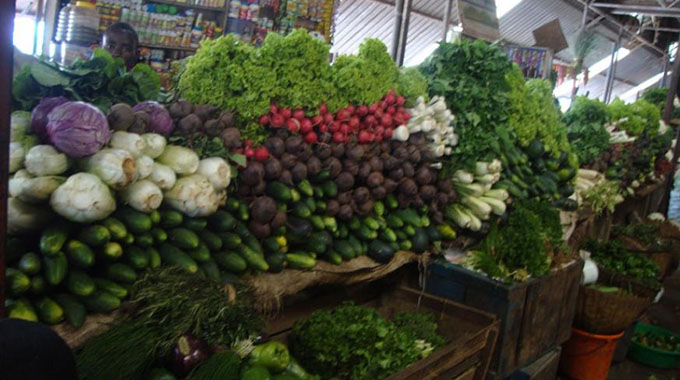Zim to commemorate International Ozone Day
When Zimbabwe commemorates World Ozone Day next Friday, it will be walking with a spring in its step due to the tremendous progress that it has made in phasing out substances that deplete the Ozone Layer.
In 1994, the United Nations General Assembly designated 16 September the International Day for the Preservation of the Ozone Layer to commemorate the signing, in 1987, of the Montreal Protocol on Substances that Deplete the Ozone Layer.
The Montreal Protocol sets binding progressive phase out obligations for developed and developing countries for all major ozone depleting substances, including hydrochloroflourocarbans (HCFCs) and chlorofluorocarbons (CFCs) used in refrigerators and air conditioners, halons in fire extinguishers and Methylbromide in agriculture.
The Ozone Layer is the region of the Earth’s stratosphere that absorbs most of the Sun’s ultraviolet radiation. Without it, life on earth would be very difficult as plants cannot survive in heavy ultraviolet radiation, nor can the plankton that serve as food for most oceanic life.
With a weakening of the Ozone Layer, humans would be more susceptible to skin cancer, cataracts and impaired immune systems.
George Chaumba, the national Ozone Project Manager in the Ministry of Environment, Climate, Tourism and Hospitality Industry told New Ziana that Zimbabwe had phased out all ODSs in the firefighting, tobacco seedbed and grain storage fumigation sectors, and was left with refrigeration and air conditioning.
“Zimbabwe is on course to completely phase out the remaining ODSs, which are the HCFCs before the stipulated deadline of 1st January 2030,” he said.
“In refrigeration and air conditioning (RAC), all CFCs have been phased out. About 50 percent of HCFCs have been phased out. The RAC sector is adopting Hydrocarbons (HCs), which are ozone and climate friendly as well as HFCs, which are ozone friendly though with high global warming potentials and will also be phased out at a later stage.”
Chaumba said in firefighting, water, carbon dioxide and other ozone friendly substances were now being used in place of Halons, which had been completely phased out, while the floating tray technology, which is ozone friendly had been adopted in tobacco seedbed preparation as an alternative for Methylbromide.
He said Aluminium Phosphide, which generates phosphine gas, which is ozone friendly, had been adopted also as an alternative to Methyl bromide in grain storage.
Chaumba said Zimbabwe had received more than USD6 million from the Multilateral Fund of the Montreal Protocol since its establishment 1994.
The Fund was established to assist developing countries meet their obligations under the Protocol to phase out the use of ODSs at the agreed schedule.
“This has gone towards phasing out CFCs in refrigeration and air conditioning, HCFCs in refrigeration and air conditioning, manufacturing of ozone friendly refrigerators, assistance to Polytechnics, RAC technicians and ZIMRA for training of customs officers in controlling and monitoring ODS trade,” said Chaumba.
“The large chunk of the funds was directed towards phasing out of methyl bromide in agriculture – that is tobacco seedbeds, grain fumigation and cut flower production.”
So far this year, the Ozone Office has trained 225 refrigeration technicians in seven training workshops that it has conducted so far, with plans to conduct three more such trainings before the end of the year, he said.
“The training focuses on adopting hydrocarbon refrigerants which are ozone and climate friendly.”
On the impending International Ozone Day commemorations, Chaumba said they planned to hold a symposium in the capital, where stakeholders would be updated on the achievements made in the different sectors where ozone-depleting substances were being used. “Promotional materials will also be distributed to stakeholders,” he said.
This year, the commemorations will be held under the theme “Montreal Protocol@35: Global co-operation protecting life on earth”.
NewZiana










